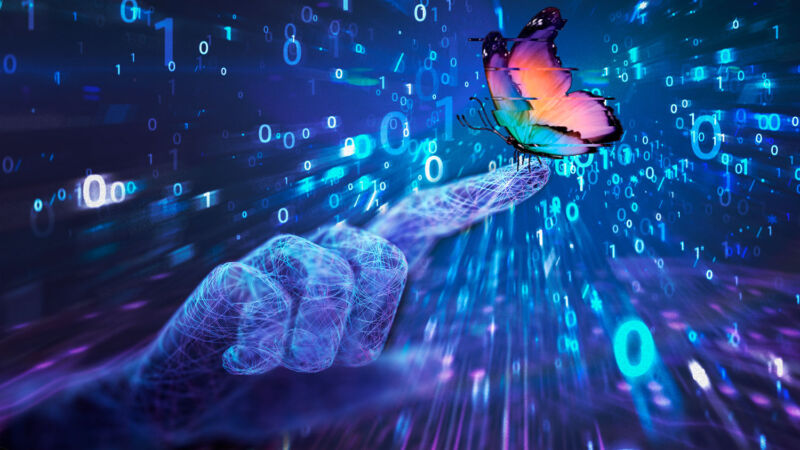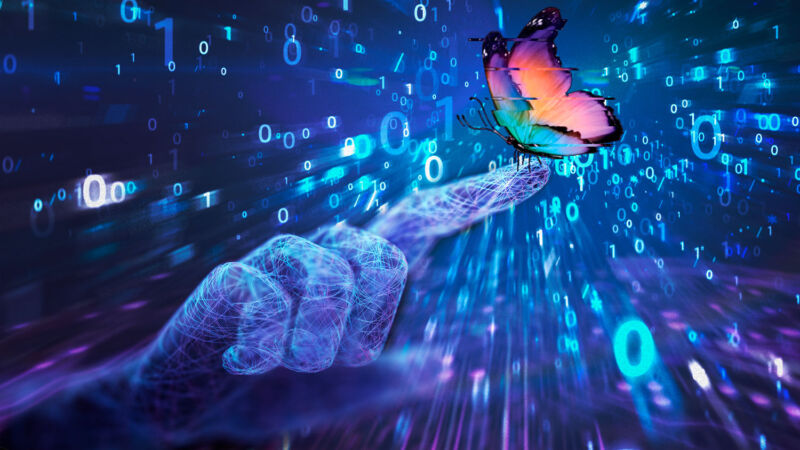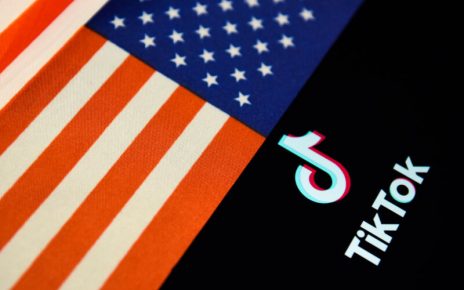
Enlarge / Virtual worlds might be digital, but they can be as real and meaningful as our physical world, philosopher David Chalmers argues in his new book, Reality+: Virtual Worlds and the Problems of Philosophy. (credit: Aurich Lawson | Getty Images | David Chalmers)
There’s a famous scene in The Matrix where Neo goes to see The Oracle. He meets another potential in the waiting room: a young child who seemingly bends a spoon with his mind. Noticing Neo’s fascination, he tells him, “Do not try and bend the spoon. That’s impossible. Instead, only try to realize the truth.” And what is that truth? “There is no spoon,” the child says.
The implication is that the Matrix is an illusion, a false world constructed by the machines to keep human beings sedated and docile while their bodies serve as batteries to power the Matrix. But what if this assumption is wrong, and the Matrix were instead just as real as the physical world? In that case, the child would more accurately have said, “Try to realize the truth. There is a spoon—a digital spoon.”
That’s the central argument of a new book, Reality+: Virtual Worlds and the Problems of Philosophy, by New York University philosopher David Chalmers. The Australian-born Chalmers is perhaps best known for his development in the 1990s of what’s known as the hard problem of consciousness. Things like the ability to discriminate, categorize, and react to environmental stimuli; the brain’s ability to integrate information; and the difference between wakefulness and sleep can all be explained by identifying an underlying mechanism.





